
Iconic buildings such as the Flatiron Building and the Empire State Building are revered for their historical and cultural significance. However, few people are aware of the equally important structures scattered around the world - structures that have survived time, nature, and the wrecking ball.
10. World’s Littlest Skyscraper
Photo credit: Futility Closet
A visitor to Wichita Falls in Texas is likely to come across the Newby-McMahon Building, which became known as the “World’s Littlest Skyscraper.” The 12-meter (40 ft) building consists of four floors, with each floor taking up a space of only 11 square meters (118 ft2). The staircases alone occupy 25 percent of its interior space, making the whole structure barely inhabitable. Who was crazy enough to invest in such a building? And why is it called a “skyscraper”?
The legend goes that the building was constructed during the oil boom days of 1919, when an oil field was discovered in a nearby city. Thousands of Wichita County residents grabbed the opportunity by selling their mineral rights, thus becoming millionaires. For the small Wichita Falls, however, there was an endless inflow of fortune seekers but little office space to serve them. Deals with oil companies were mostly made in tents erected on street corners. This continued until a promoter named J.D. McMahon proposed a solution. McMahon promised a multi-storey building that would stand close to the successful St. James Hotel. After presenting his blueprints, he immediately sold US$200,000 in stock to investors.
However, what McMahon did not mention to the investors - who apparently were too excited to notice - was that the scale of his blueprints was specified in inches rather than feet. Once the building was completed, investors were shocked to find it was a lot smaller than they’d expected. By then, the promoter was nowhere to be found. The defrauded investors managed to track down McMahon and bring a lawsuit against him. However, they didn’t have a case, since McMahon had built the house exactly according to the blueprints agreed upon. With office space still in demand, oil companies had no option but to use the tiny building until the boom oil came to an end. The building was eventually abandoned when the Great Depression struck in 1929.
9. Sam Kee Building
Photo credit: Tripomatic
The Sam Kee Building is situated at 8 West Pender Street in Vancouver. The building was built in 1913 by the Sam Kee Company, one of the major firms that have contributed to the formation of Chinatown. The Sam Kee Building measures only 1.5 meters (4.9 ft) deep, making it the shallowest commercial building in the world, according to the Guinness Book of World Records. Despite its awkward size, the Sam Kee Building has successfully housed several businesses throughout its operational history.
Before the building was constructed, the City of Vancouver expropriated most of the property belonging to Chang Toy, the owner of the Sam Kee Company. No compensation was issued to Chang Toy, who was left with only 2 meters (6.5 ft) of land. Many people thought the land was useless, but the determined merchant was not one of them. Chang Toy managed to hire an architect who could design a building that fit inside his remaining property. Once completed, the overall building consisted of two floors and a basement. To compensate for the small area, the second floor was widened with protruding bay windows, and the basement was extended beneath the sidewalk. The first floor housed retail shops, the second was used for residential units, and the basement was said to have contained public baths.
8. Le Palais Ideal
Photo credit: Facteur Cheval
Le Palais Ideal, or the “Ideal Palace,” is located in Hauterives, France. At first sight, the structure seems like the work of an architect, or perhaps a sculptor, at the pinnacle of creativity. But in reality, it was built by Ferdinand Cheval - an ordinary postman. Born in 1836, Cheval lived most of his life in poverty, starting his career as a baker before joining the postal service in 1867. Just like any postman, Cheval’s daily routine consisted of delivering mails to houses. However, something happened to Cheval in 1879 that transformed his life. While walking along his mail route, Cheval tripped over a rock. He picked it up and was fascinated by its strange shape. The rock inspired him to construct an imaginative palace.
With no knowledge of architecture or masonry, Cheval set out to make his dream a reality. Over the following 34 years, the mailman collected and transported tons of rocks to the building site where his palace started taking shape. Despite the lack of support and the continuous mockery of his neighbours, Cheval was able to complete his work. The palace measured 25 meters (85 ft) long and 7.9–9.8 meters (26–32 ft) high. Cheval, who was 75 years old by then, wished to be buried inside the palace, but his request was denied. Currently, Le Palais Ideal attracts over 100,000 visitors a year to the otherwise small, isolated village.
7. Nitt Witt Ridge
Photo credit: The Academic Vagrant
Arthur Harold Beal, aka “Art” Beal, was the genius mind behind the spectacular Nitt Witt Ridge in Cambria, California. Born in 1892, Beal spent his childhood with his mother who later died in the 1906 San Francisco Earthquake. As an adult, Beal worked in different jobs as a chef, waiter, and mercury miner. In 1928, he moved to Cambria where he subsequently worked as a garbage collector for 30 years. According to local accounts, he used to spend too much time collecting materials from refuse piles, a habit that eventually got Beal fired from his job.
Beal began a 50-year construction project on a small piece of land he purchased for US$100. Using hand tools only, he started by building the foundations from stone and concrete. Beal then topped them with wooden frames that formed the rest of the structure. Beal followed the principle of not paying for anything except cement. He adorned the ridge’s interior and exterior with the waste material he had gathered. He used stacks of tire rims as pillars, made toilet seats into picture frames, and even created handrails that also acted as water pipes. The ridge has earned the “California Historic Landmark” status in 1981. After Beal’s death in 1992, the structure was neglected for years. It was purchased in 1999 by two couples who began restoring it.
6. The Smallest House In Great Britain
Photo credit: NobleBuzz
“The Smallest House in Great Britain” is located in Conwy Quay, North Wales. The house is just 1.8 meters (5.9 ft) wide and 3.1 meters (10.2 ft) high. Nevertheless, it had been inhabited since the 16th century. A 1.9 meter (6’3″) fisherman named Robert Jones was the last occupant of the house. He moved out in 1900. The house is currently designated a tourist attraction, which adults pay as little as £0.75 to access.
Why would such a tiny house exist in the first place?
During medieval times, it was common practice to construct houses in rows against the town wall. Two rows were built from the opposite ends of the street and toward each other. The two rows often didn’t meet, so the gap between them was exploited to build new houses at minimum cost. Despite being tiny, the Smallest House in Great Britain is considered practical. Inside the house, there is enough space for a single bed, a coal bunker, and a fireplace.
5. Gate Tower Building
Photo credit: Bits On Beats
As governments continuously improve their public sectors, clashes with landowners over pieces of land become inevitable. In most cases, one of the two sides emerges victorious. But in others, such as the construction of Gate Tower Building in Osaka, compromise is the only solution possible.
Prior to the construction of the 16-story building, the government had already designated the area for highway development, jeopardizing the project. But the landowners, who purchased the land in the mid-19th century, refused to give up on it. They fought until a compromise was struck: The building could be built, but a highway was to pass right through it. Remarkably, the addition of the highway has almost no effect on the business inside the building. The only impact of the compromise is that the owners had to install noise-proofing walls, and the elevators have to skip the four floors that are occupied by the highway.
4. Nakagin Capsule Tower
Photo credit: The Toque Girls
Following World War II and up until the 1970s, Japan saw rapid economic and cultural development. During this period, an architectural movement called “Metabolism” had emerged that promised to reshape the country’s urban sector. The movement’s name, adopted from biology, was based on the concept of urban environment that could grow, reproduce, and respond to its environment - just like a living organism.
The most notable implementation of Metabolism is the Nakagin Capsule Tower in Shimbashi, Tokyo. Built in 1972, the building consists of 140 concrete capsules plugged into two connected towers. Each capsule acts as an individual apartment. One side of the apartment has a wall of appliances, including a refrigerator, a stove, and kitchen cabinets. On the other side is a large pinhole window with a bed underneath. The building was intended for bachelors living in the city.
Despite the cool concept behind it, Nakagin Capsule Tower was anything but practical. The promised flexibility of the structure was nothing but a theory. Replacing or adding capsules was deemed too expensive. Apart from that, living in these capsules was a grim experience for many. The tiny space meant only a single person could inhabit it comfortably. The large window, on the other hand, made the interior of a capsule fully exposed to the outside. All of these issues, in addition to the diminished influence of Metabolism, have obliterated any interest in renovating the building, which has fallen into disrepair.
3. Glienicke Bridge
The Berlin Wall is famous for being one of the most notorious icons of the Cold War. However, 27 kilometres (17 mi) southwest of the wall lies a lesser-known yet historically significant structure: the Glienicke Bridge. The iron bridge spans over the Havel River, linking Berlin in the east with Potsdam in the west.
Following its construction in 1907, the bridge has played important roles in Germany’s history. Its biggest role was during the Cold War, when the country was divided into two districts - the American-occupied West Germany and the Russian-controlled East. The Glienicke Bridge connected the two sides and was therefore an excellent spot for exchanging spies, which earned the bridge its alternative name, “The Bridge of Spies.”
The most famous exchange occurred in 1962, when Francis Gary Powers, the pilot of the American U-2 plane downed over the Soviet Union, was exchanged for the Soviet spy, Colonel Rudolf Abel. In 1985, another notable exchange took place on the bridge where four East European spies were swapped for 25 American agents held in East Germany and Poland.
2. Waldspirale
Friedensreich Hundertwasser was a renowned Austrian artist who despised symmetry in everything. He wore socks of different colours and described straight lines as “the tool of the devil.” Hundertwasser’s attitude toward symmetry is reflected in his artworks, which have become notorious for their chaotic display of shapes and colours. His works, nonetheless, sold well and became popular worldwide.
In the 1970s, Hundertwasser developed an interest in architecture because he used to criticize it. He denounced the professional institutions of architecture for not allowing amateurs to practice the field. Using his fortune, Hundertwasser set out to establish his own non-professional architecture movement. He designed several buildings that became “giant versions” of his own artworks. Among them is the Waldspirale (German for “Forest Spiral”), a residential building complex situated in Darmstadt, Germany. Waldspirale is designed as a spiral slope that contains 105 apartments in 12 floors. The rooftop is covered with trees and grass that span down the slope. Every aspect of the building was uniquely designed. It’s impossible to find two apartment or windows that share the same shape, design, or colour.
1. The Living Bridges Of Cherrapunji
Photo credit: Living Root Bridges
The town of Cherrapunji in India is regarded as one of the wettest places on Earth. With over 11,430 millimetres (450 in) of annual precipitation, the region is filled with fast-flowing river and streams. For many years, this has posed a challenge for the locals needing to move around. With such an extreme climate, building traditional bridges was out the question. Nonetheless, the War-Khasis, one of the tribes in Cherrapunji, have found a solution to the problem, which was to grow bridges instead of building them.
The tribe noticed that the Ficus elastica (a tree found in India and neighbouring countries) could produce several secondary roots that extended above its trunk. The roots could easily perch atop big boulders and along riverbanks. The War-Khasis immediately saw the potential of these trees in helping to cross the rivers. However, to create a living bridge, root-guidance systems had to be installed, which required slight modification in the plant’s trunk. The bridge was then left to grow for several years before it became sturdy enough for use. The most unique of these living bridges is Umshiang Double-Decker Root Bridge that consists of two root bridges grown atop one another.
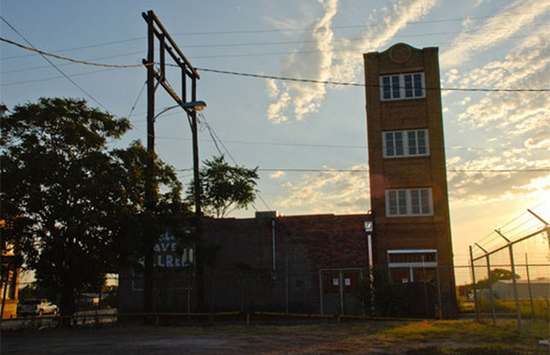
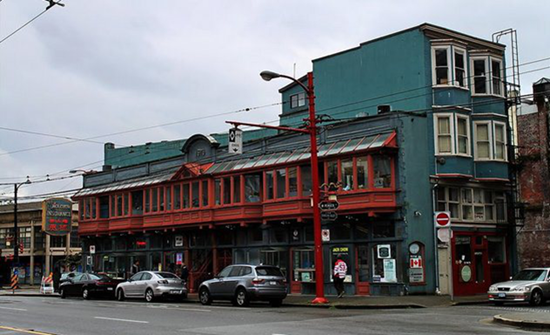
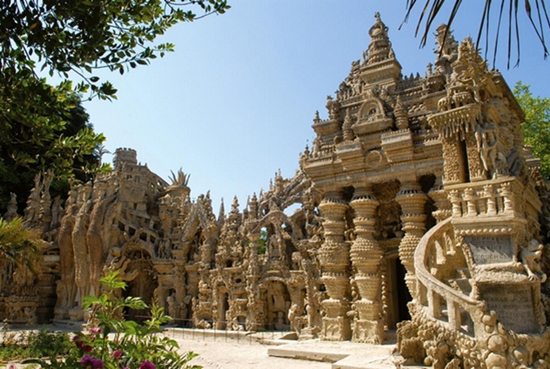

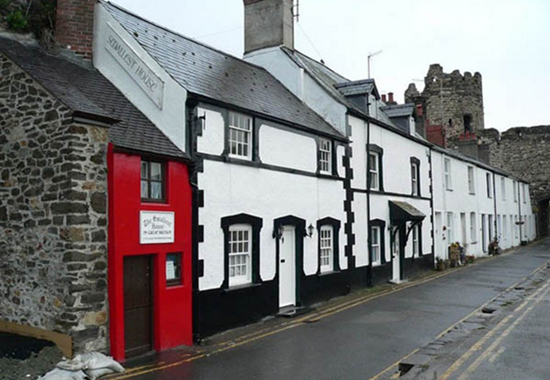

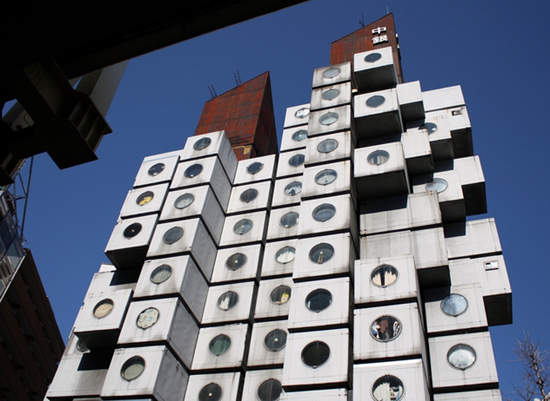

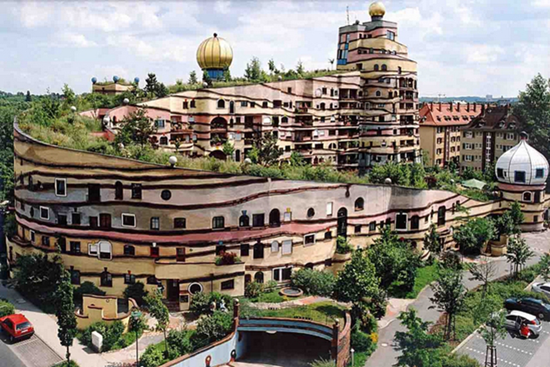
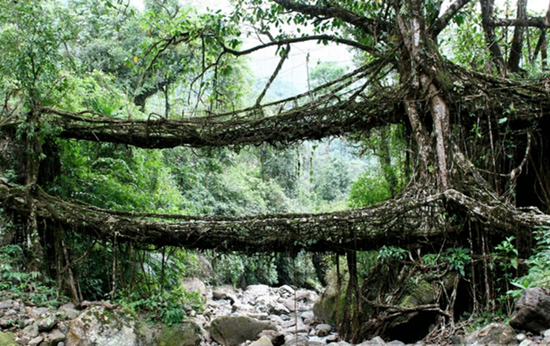
No comments:
Post a Comment
Please adhere to proper blog etiquette when posting your comments. This blog owner will exercise his absolution discretion in allowing or rejecting any comments that are deemed seditious, defamatory, libelous, racist, vulgar, insulting, and other remarks that exhibit similar characteristics. If you insist on using anonymous comments, please write your name or other IDs at the end of your message.